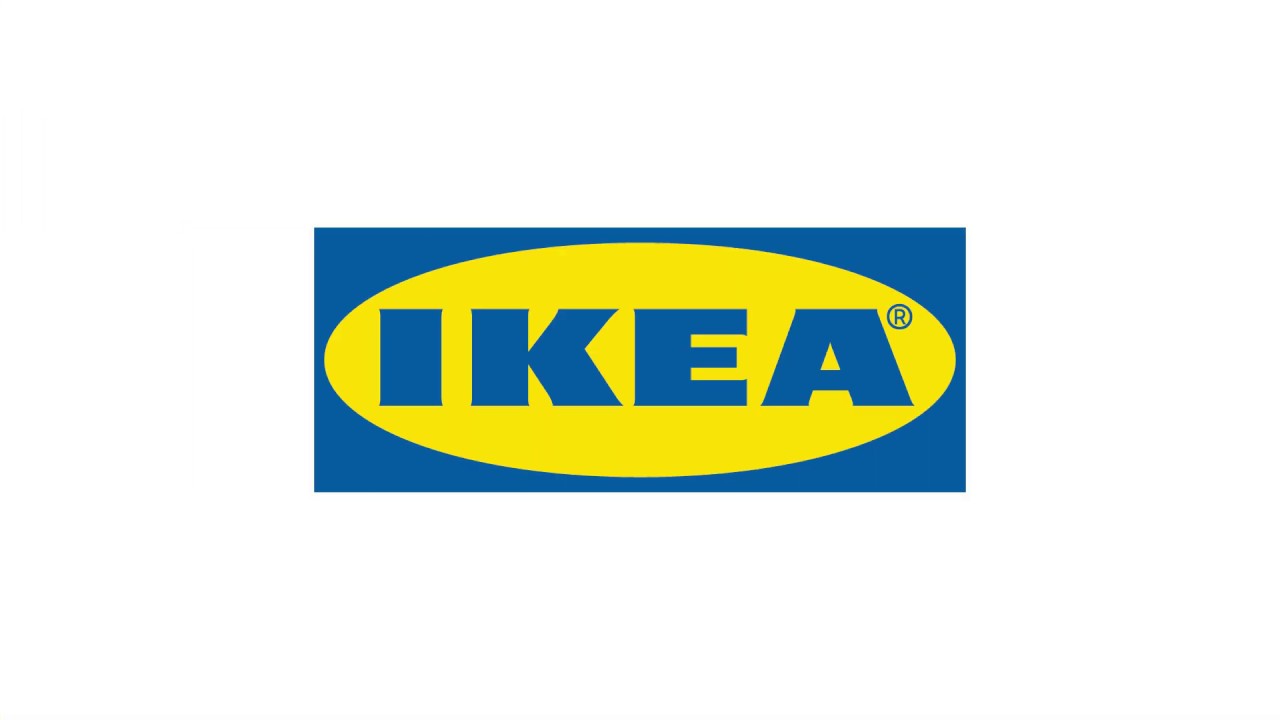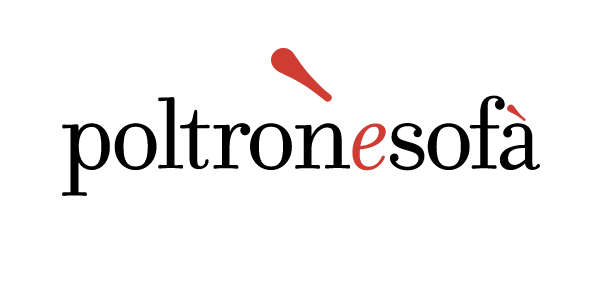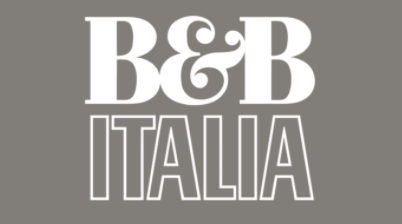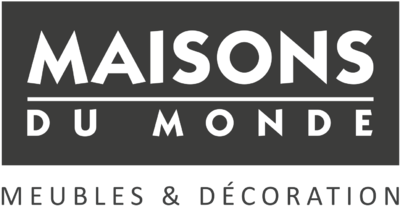Summary
Since 2020, the global furniture market has shown resilience, returning to pre-Covid levels in July 2020, despite a significant drop in production at the start of the year. The Italian furniture market, known for its fragmented nature with over 80 percent craftsmen and small businesses, continued its tradition of quality manufacturing and design. However, the Italian market grew slowly, with a value of 27.5 billion euros. Despite the prevalence of local companies, Italy retains a strong export orientation, with exports accounting for 52% of production. Trends such as mass customization, the integration of AR technology and the proliferation of home automation are shaping the market. The "Salone del Mobile" in Milan remains a key event, contributing significantly to the Milanese economy.
In 2021, Italian exports totaled 10.8 billion euros, with the main markets being France, the USA and Germany. China, however, remains Italy's largest importer of furniture. Demand for furniture continues to be influenced by real estate transactions and consumer preferences for modern, sustainable homes. The Italian market's cyclical production peaks will align with double-digit growth in international furniture trade from 2021 onwards.
Dynamic trends in the Italian furniture market
The Italian furniture market, rooted in a tradition of craftsmanship and quality, has seen a variety of trends influenced by a multitude of factors. The market encompasses a wide range of products used to furnish and decorate homes, including large pieces of furniture, lighting equipment, ceramic tiles, textiles and smaller pieces of furniture. Italy remains a major player in this competitive landscape, with a significant share of the world's furniture production. The real estate sector is one of the main factors influencing demand in the Italian market, with investment of over 10 billion euros in recent years. This investment reflects the construction of residential and non-residential buildings, which has seen an increase of around 10 to 40 percent from 2016 to 2021, despite a decline during 2020.
The scale of residential construction also indicated a trend towards larger living spaces. In addition, the average annual income of Italian households rose slightly in various segments, with couples with adult children earning the most, around 30-35,000 euros. This economic stability has encouraged households to spend 4 to 4.5% of their income on furniture and home decoration, thanks to government incentives such as the "Furniture and Appliances Bonus".nagers" Italian consumer sentiment towards furniture and interior design centers on the importance of the home as a personal sanctuary - an area in which individuals are willing to invest. Up to 94% of Italians consider their home to be an essential aspect of their life, and 80% say they are satisfied with their current living conditions. People generally want more green space and environmentally-friendly homes with lower maintenance costs. In particular, young people aspire to larger, modern and technologically advanced living spaces.
When it comes to housing preferences, the majority of Italians, between 60% and 75%, live in properties, with three quarters opting for an apartment lifestyle. The living room is the focal point for investment, attracting up to 38% of those prepared to spend the most on decorating it, followed by the kitchen and dining room. In terms of aesthetic preferences, some 40-45% of those surveyed prefer a modern decorating style, while 30% lean towards a traditional or classic style. In recent years, the market has also seen a growing interest in advanced technologies, such as home automation for smart consumption and security, as well as entertainment via Smart TVs and Smart Speakers. The market offer is broad and diverse, catering to different customer preferences, including classic, rustic, decorative, modern, contemporary and designer furniture.
Panorama of Italian furniture excellence: the tapestry of tradition and innovation
In the rich landscape of the Italian furniture market, a multitude of players weave a tapestry that tells the story of ancestral know-how blended with modern ingenuity. These players cover the different facets of the industry, each making their distinctive contribution to the overall fabric of design. Dominated by small businesses and artisanal producers, the market bears witness to the cultural and creative prowess for which Italy is renowned.
- Craftsmanship and local tradition At the heart of the Italian furniture sector is the artisan spirit, characterized by local craftsmen who have inherited and perfected their skills over generations. Their workshops, often family-run, are located in regions renowned for their furniture-making, such as Cantù, Brianza, Veneto and the Friuli-Venezia Giulia region. These craftsmen are the purveyors of bespoke pieces celebrated for their meticulous attention to detail and respect for traditional techniques.
- The stronghold of SMEs Small and medium-sized enterprises (SMEs) form the backbone of the Italian furniture industry, with the vast majority employing fewer than 10 people. These SMEs not only meet local demand, they also contribute to the rich tapestry of exports that Italy presents to the world. Despite their size, the combination of quality materials, skilled labor and design excellence enables these companies to carve out a place for themselves in the global furniture bazaar.
- Groups and alliances An emerging trend in the fabric of this market is the formation of groups - umbrellas under which several brands align themselves. These alliances often have a dual purpose: to offer a wider range of products and to assert a stronger presence, particularly in sectors such as contract furniture. By joining forces, these groups are able to extend their reach beyond traditional markets, addressing a more diversified customer base and adapting to changing demand for multifunctional, contract furnishing solutions.
- Within the company network are the leading brands, the representatives of "Made in Italy" on the world stage. These brands exert a global appeal, synthesizing a design ethos at the crossroads of the classic and the innovative. While some are household names that have consolidated their heritage over the years, others are emerging stars that reflect modern aesthetics and the incorporation of technology into their creations. They are the standard-bearers of Italian design, amplifying the nation's voice at the prestigious Salone del Mobile and similar internationally renowned platforms.
to understand this market
Detailed content
 Inforamtion
Inforamtion
- Number of pages : 30 pages
- Format : Digital and PDF versions
- Last update : 01/12/2020
 Summary and extracts
Summary and extracts
1 Market Summary
1.1 Definition and Presentation
The furniture market includes various accessories and items used to furnish and decorate homes.
According to FederLegnoArredo, the Italian furniture market includes:
- Large furniture (such as beds, benches, and sofas), registered under Ateco code 31,
- Lighting equipment and accessories, registered under Ateco code 27.4,
- Ceramic floor and wall tiles, registered under Ateco code 23.31,
- Bricks, tiles, and other earthen building products registered under Ateco code 23.31,
- Ceramic products for household and ornamental use, registered under Ateco code 23.41,
- Textile objects and products for home decoration (such as curtains, pillows, tablecloths, and mirrors),
- Small furniture items (such as lamps, coffee tables, bedside tables).
In addition, the market is also populated by distributors, which include:
- Intermediaries in the furniture, furnishings, and hardware trade, registered under Ateco code 46.15,
- Sales of furniture, lighting, and other furnishings in specialty stores, registered under Ateco code 47.59.
By 2022, global (100 countries) furniture market growth is estimated at 4 percent. The leading furniture producer remains China, with a 39 percent share worldwide. China is competing mainly with the United States, Germany, Italy, India, Poland, and Vietnam.
Italy holds a leading position in the global market and is the fourth largest furniture producer worldwide. In addition, Italy has a long tradition in interior decoration, and "Made in Italy" furniture and home furnishings are considered a symbol of high quality abroad.
Moreover, in Italy, home decoration has become a way of life that has shaped both the country's culture and economy. Every year, more and more companies attend the so-called "Salone del Mobile," the world's largest furniture fair, to display their work or to see the latest trends in the industry.
The Italian market is highly fragmented and is populated by tens of thousands of operators. The vast majority of operators - more than 80 percent - are artisans and small businesses with fewer than 10 people.
Finally, the Covid-19 crisis struck an already uncertain situation in 2020. Furniture production was drastically reduced in March 2020 but returned to pre-Covid-19 levels in July 2020. Despite the demand in the contract and large project segment declining, demand concerning the residential contract segment remained stable.
1.2 A steadily growing global market
According to CSIL, the furniture industry doubled its volume between **** and ****, reaching a worldwide volume of about $*** million, which will be surpassed in ****. The pandemic has had very little effect on the furniture market, probably because the home has played a leading role during this long period. Being stuck in your ...
1.3 Italian market grew slowly in 2019
The Italian interior design market has been growing since ****, reaching a value of **.* billion euros in ****. Market growth in **** has been slow, especially compared to the growth rate in previous years. This slow growth is mainly due to a massive global crisis in the industry, which has also affected the main ...
1.4 Italy's leading position in the international trade arena
Most of Italy's production is vowed to be exported, and this is expected to account for a larger share of total production in subsequent years due to the expected decrease in domestic consumption. In **** and ****, exports accounted for ** percent and ** percent of total production, respectively. In ****, exports amounted to **.*** billion euros, ...
1.5 2020: a year of uncertainty
The **** forecast for the furniture and home furnishings market was slightly optimistic. The domestic market is expected to remain stable, with no substantial increases in imports and a mere * percent increase in exports, supported by more dynamic foreign demand. [***]
However, the polls display high uncertainty for both the global and Italian ...
2 Demand analysis
2.1 Summary of demand drivers
The demand for interior design is closely linked to some macro trends in other markets and Italian demographics. The Italian real estate market is an important factor that has to be analyzed to assess interior design demand, as the building of new residential and nonresidential units represents a potential new market. ...
2.2 Macro trends influencing demand
Compared with a mediocre ****, **** was a virtuous year for the Italian real estate market, with transactions worth more than ** billion euros.
However, the real estate market in Italy is constantly volatile, as its value depends closely on the country's political situation, market conditions, and large transactions that have a major impact ...
2.3 Italians and the home
Italians consider their home as a refuge from the outside world, a place that holds memories, and an expression of one's personality. They care about their homes and they are willing to make sacrifices for them, including financial ones. Young people, who are often not yet in the final nest, are ...
2.4 The home automation home
Concerning home automation home, the main areas of application foreshadowed by Italians are smart consumption and security. Nonetheless, the application in the health sector, however little known, is therefore far away. Moreover, the association of home automation with entertainment is growing thanks to the spread of Smart TVs, Smart Speakers, etc. The ...
2.5 Methods of purchasing furniture and decor items
In general, furniture and fashion websites are the main information channel for Italian furniture purchases. This is also true for young people, although social networks have more weight among them, especially Instagram. Sources of research on trends, costs, and more, on furniture and furniture items Italy, ****, as % of the total sample Source: ...
3 Market structure
3.1 Market structure overview
The value chain of the interior design market includes several stages and actors. The value chain begins with the different suppliers of raw materials, which can vary widely depending on the furniture or piece of furniture desired. After furniture and home furnishings, manufacturers receive the raw materials, they process them into ...
3.2 Highly cyclical production located mainly in northern Italy
Since the beginning of ****, Italian furniture production has not changed drastically and has continued to follow recurring trends. On average, production peaks in July and October. These high points are not random but are expected to offset the significant drop in production that occurs periodically in August, during the summer ...
3.3 A fragmented national market
According to Il Sole ** Ore, the Italian furniture and furnishings market is populated by ** thousand operators. Thus, the market is highly fragmented, with many small players operating mainly at the local level.
In particular, the operators in the furniture market are interesting to be looked at, as they account for the ...
3.4 Focus on distribution channel
Research conducted by Federmobili analyzed the average characteristics of stores that sell furniture and home furnishings.
The average area of stores is about *,*** square meters, with *.* employees. The range of stores is very diverse: ** percent of stores have a product range that includes mid-range lines plus high-end designer brands; ** percent offer ...
4 Supply analysis
4.1 A broad and diverse offering
The interior design market includes a wide variety of products, which are summarized below:
Beds and mattresses, Upholstered sofas and armchairs, Tables, desks, and bedside tables, Chairs, Bathroom furniture, Kitchen furniture, Storage space: libraries, cabinets, closets, Lighting: lamps and chandeliers, Home accessories: pillows, rugs, mirrors, paintings, vases, etc.
The most common ...
4.2 Price trends and the weight of each category
The industrial producer price index shows trends in producer prices, which are expressed in terms of the chosen base year. Furniture producer prices have increased steadily since ****, with no obvious spike or drop in any given year.
Furniture producer price index Italy, ****-****, base ****=*** Source: ****
The price of furniture varies widely ...
4.3 Focus on the Milan Furniture Fair
In the furniture market, Italy continues to be a leading nation in the world. According to data from FederlegnoArredo, the Belpaese is on the podium of top furniture manufacturers, with the big names in the furniture industry growing above average. Leadership in the sector is consolidated in a long tradition that ...
4.4 Supply trends: mass customization, AI, and home automation
In recent years, there have been several trends, such as :
Mass customization
During the ****s, the furniture industry witnessed the emergence of a new way of thinking about production and customer relations, called mass customization. Mass customization is a term used to identify the production of customized goods and services at ...
5 Rules and regulations
5.1 Current regulations
There are regulations governing the characteristics of furniture products: precise European standards aimed at a specific type of product set the healthfulness standards of the various materials that make up home furnishings. Some examples are:
An updated version of the technical standards UNI EN ***** and UNI EN ***** defines, based on tests, ...
6 Positioning of actors
6.1 Segmentation
- Iris Mobili (Mondo Convenienza)
- IKEA Italia
- Poltronesofà
- B&B Italia
- Maisons du Monde Italia
- Maisons du Monde
 List of charts
List of charts
- Average income of Italian households by household composition
- Share of income spent on household expenses by household type
- Evolution of the housing market
- Construction of new housing by type
- Italians' favorite home decorating styles
All our studies are available online in PDF format
Take a look at an example of our research on another market!
Latest news
Companies quoted in this study
This study contains a complete overview of the companies in the market, with the latest figures and news for each company. :
 Choosing this study means :
Choosing this study means :
Access to more than 35 hours of work
Our studies are the result of over 35 hours of research and analysis. Using our studies allows you to devote more time and added value to your projects.
Benefit from 6 years' experience and over 1,500 industry reports already produced
Our expertise enables us to produce comprehensive studies in all sectors, including niche and emerging markets.
Our know-how and methodology enable us to produce reports that offer unique value for money.
Access to several thousand articles and paid-for data
Businesscoot has access to all the paid economic press as well as exclusive databases to carry out its market research (over 30,000 articles and private sources).
To enhance our research, our analysts also use web indicators (semrush, trends, etc.) to identify market trends and company strategies. (Consult our paying sources)
Guaranteed support after your purchase
A team dedicated to after-sales service, to guarantee you a high level of satisfaction. +44 238 097 0676
A digital format designed for our users
Not only do you have access to a PDF, but also to a digital version designed for our customers. This version gives you access to sources, data in Excel format and graphics. The content of the study can therefore be easily retrieved and adapted for your specific needs.
 Our offers :
Our offers :
The home decor market | Italy
- What are the figures on the size and growth of the market?
- What is driving the growth of the market and its evolution?
- What is the positioning of companies in the value chain?
- Data from several dozen databases
5 reports pack (-15%) IT Italy
- 5 reports at €75.6 excluding VAT per study to choose from our Italian catalogue for 12 months
- Save 15% on additional studies purchased
- Choose to be refunded any unused credit at the end of the 12-month period (duration of the pack)
See the terms and conditions of the pack and the refund of unused credit.





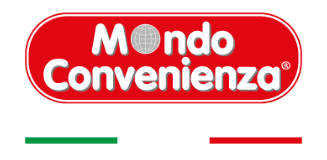 Mondo Convenienza: a new agreement with trade unions - 11/03/2024
Mondo Convenienza: a new agreement with trade unions - 11/03/2024
 Ikea lowers its prices, Maisons du monde struggles - 27/10/2023
Ikea lowers its prices, Maisons du monde struggles - 27/10/2023
